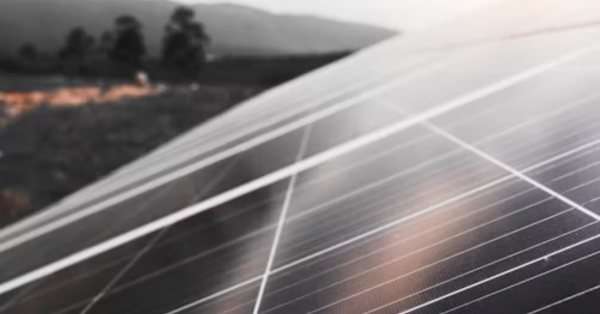Africa sets record 15 GW in solar panel imports as manufacturing lags

African countries imported a record 15,032 MW of solar panels from China in the 12 months to June 2025, a 60% jump from the prior year. In May alone, imports hit 1.57 GW—roughly three-quarters of the Hoover Dam’s capacity. Twenty countries set new highs, with Nigeria overtaking Egypt for second place at 1,721 MW and Algeria close behind at 1,199 MW.
The surge signals a continent racing to electrify—but it also masks deeper industrial challenges. Behind headlines of rapid adoption lies a supply chain where dependency and opportunity pull in opposite directions.
For now, Africa remains almost entirely reliant on foreign suppliers. China accounts for 85–90% of installations, and dominance extends well beyond panels to batteries, inverters and storage systems.


That dependence complicates policy. “Without viable local alternatives, a ban would slow rural electrification in Nigeria, raise costs, and delay adoption,” says Isah Abdullah, a solar vendor and technician in Kano, capturing the trade-offs facing governments that want to nurture domestic industry.
Even so, manufacturing momentum is stirring. South Africa’s panel assembly capacity has reached about 620 MW a year, against domestic demand estimated near 3 GW. Partnerships are forming, too—JA Solar’s tie-up with ARTsolar is creating 150 permanent jobs alongside a 340 MW assembly facility.
Yet progress is constrained by the missing middle of the supply chain. “Africa has an absence of local supply chain for not only core materials like PV cells, but also for auxiliary materials like glass, back sheet, EVA,” notes an analysis by Sustainable Energy for All.
Infrastructure adds another layer of friction. With roughly 40% of roads paved in many countries—versus 94% in the United States—logistics costs rise and deliveries slow. Power reliability challenges across more than 30 countries force manufacturers to self-generate, eroding margins.
Policy responses carry risks as well as promise. South Africa’s new 10% import duty on panels aims to protect local producers, but industry players warn it could push up costs and delay projects during a critical phase of the transition.
Value capture remains limited despite more assembly lines. Analysts note that when systems are produced locally, more economic benefit stays in communities—yet most facilities stop at final assembly, the least profitable step.
Technology bottlenecks are especially acute. “No industrial-scale inverter assembly unit is operational in Africa,” and key power electronics are still imported. Even South Africa’s emerging panel lines rely on components sourced largely from China.
That leaves the continent at a strategic crossroads. Embrace cheap imports to accelerate electrification, or invest in deeper manufacturing to build long-term capacity.
As one industry observer put it, “Importing cells versus importing panels—it’s nearly the same,” a reminder that today’s local assembly often captures little value. With 600 million Africans still lacking electricity, the near-term imperative is clear—but durable prosperity will depend on securing a bigger share of the renewable value chain.




